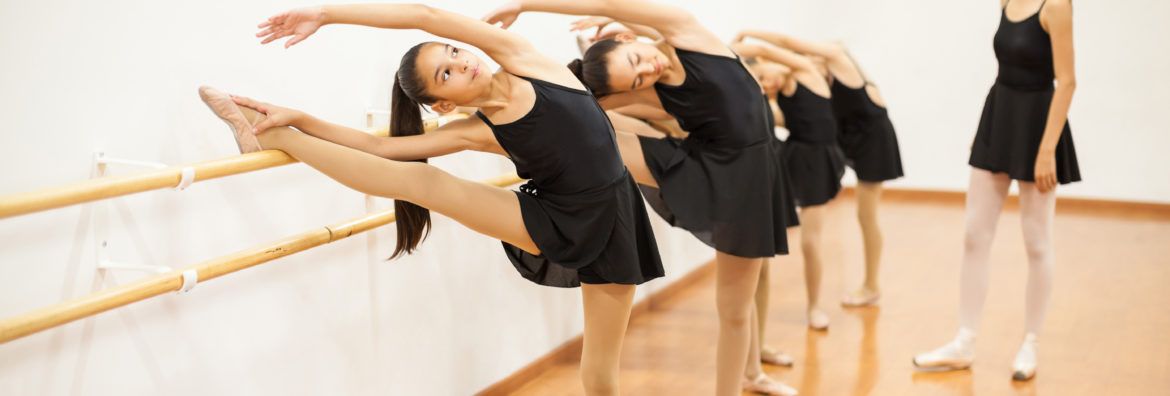
Basic Steps for Dance Injury Recovery and Enhancement
As a dancer, the summer is the perfect time to plan and prepare for the upcoming dance season. Since dancing is such a highly strenuous physical activity, it is crucial to ensure that your body is in peak condition for performance and injury prevention. While getting injured is never part of the plan, it is an unfortunate reality of such a demanding sport. Overuse injuries like plantar fasciitis, achilles tendinitis, patellofemoral pain syndrome, hip strains/sprains, and many other injuries of the lower extremity/back are common for dancers. Many dancers expect aches and pains to be a part of dancing but this is actually not the case. The discomfort you feel is your body telling you that something needs to change. Luckily, physical therapy can offer the needed edge to ward off these aches and pains, while preventing future injuries and even strengthening and refining your current skills.
Springing Back From Injury
After so much training, preparation, and effort, the last thing a dancer wants to hear is “you’re going to need to stop dancing.” Fortunately, our physical therapists can help you get back to dancing as quickly as possible while increasing body control and restoring strength. This means less pain and more dancing! Your physical therapist will also work to incorporate dancing into your recovery program, making it so time away from the dance floor is optimized to improve your abilities.
While other pain relief solutions may offer a temporary fix, working with a physical therapist can enhance your body’s functions with the long-term in mind. Mixing exercises with an increased knowledge of your body can help you strengthen your skills, ensure that you’re moving properly, and most importantly, get you back to the activity you love doing.
Elevating Your Performance
Whether you’re seeking out ways to recover from an injury or just looking to refine your athletic prowess and become a stronger dancer, utilizing physical therapy to counteract injury will improve your body’s function in a way that is everlasting. Curious what’s involved in a Dancer Wellness Consultation?
When you first meet with a physical therapist, you’ll be taken through a dance-specific physical screening that allows for dynamic and static movement testing. Your physical therapist will evaluate flexibility, strength, body control, and observe technique to design a plan of care that is unique to your body and personal goals. They may evaluate control through:
1. Bridge Exercise Progression: To determine if you can disassociate hip movement from pelvic and low back and to find out which muscles you use to extend your hip. (By the way, you should be using one of the biggest muscles in your body to do this, your gluteus maximus!) This exercise will progress to a squat pattern and can help reduce knee, hip, and back pain, while improving posture and strengthening your core.
2. Plank Variations: To ensure that you organize your core correctly and to assess endurance.
3. Foot Exercises and Challenges: These exercises seem weird at first, but many of us spend so much time in foot coffins (shoes) that we lose the natural abilities our feet possess. Our feet are capable of so much more than we realize. Just think of what people can do with their feet if they have no hands: play instruments, brush their teeth, make meals, and pick up objects! Although many of us do not use our feet to their full potential, a physical therapist can retrain them to be the springs that they were meant to be.
Knowledge in these areas can help when it comes to early detection of bone-stress symptoms, as well as overuse injuries. The supervision and input of a highly-trained dance medicine specialist can provide education and a deeper understanding of your body, giving you the tools necessary to be stronger and move better. To learn more about the Dancer Wellness Consultation, give Therapydia Kona a call at (808) 498 4144.